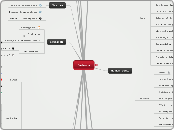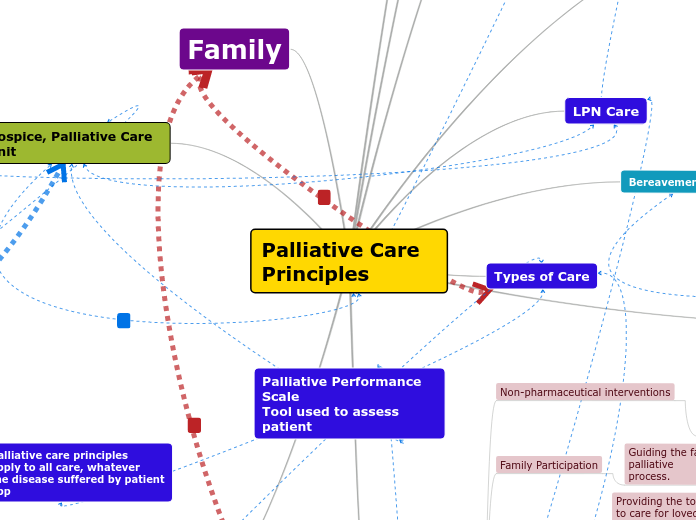av natalia rocha 8 år siden
322
Sample Mind Map
Aboriginal women in Canada face severe inequalities that make them more vulnerable to violence and exploitation. Statistics highlight that Aboriginal women are significantly more likely to be murdered compared to non-Aboriginal women and often live in poverty.









